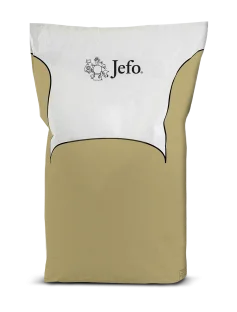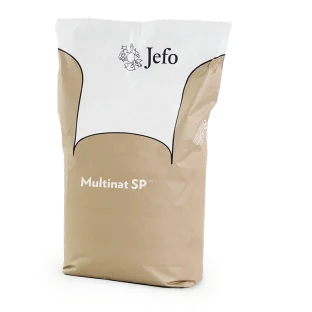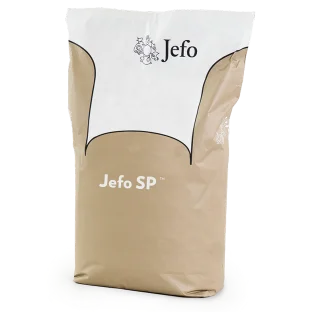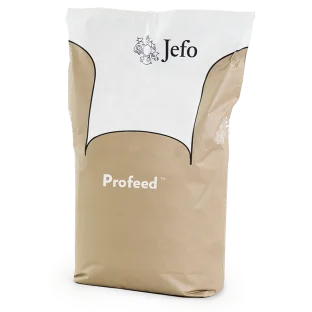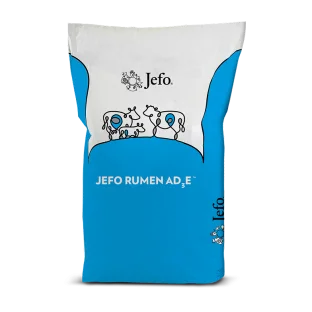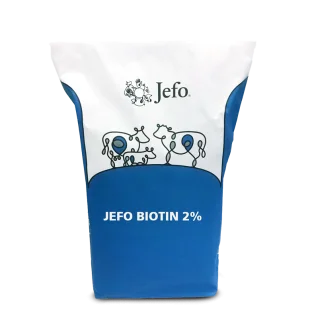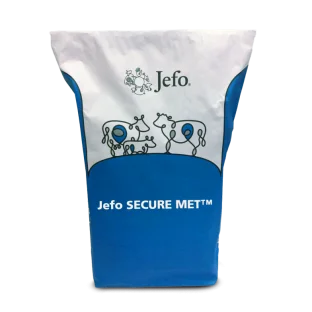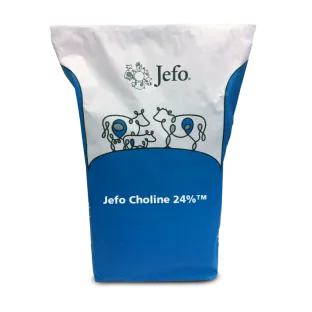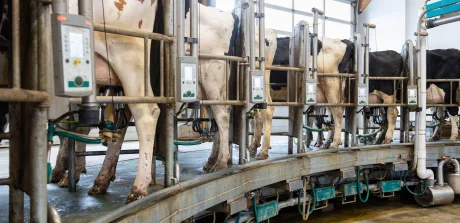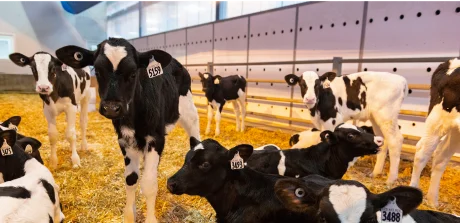- Article
- Dairy
- Management
- Milk
- Feed efficiency
- Performance
Unlocking the Secrets of Jersey Cows: Tailored Tips for Transition Success
As interest in the charming Jersey breed grows, with Jerseys now making up 9% of the U.S. dairy cattle inventory, understanding their unique traits becomes essential for successful dairy operations. Jerseys offer a distinct advantage with their smaller size and impressive performance traits, making them a valuable asset when managed correctly, especially during the critical transition period. Let's dive into what makes Jerseys unique and how to meet their specific needs for optimum health and productivity.
Feed intake and digestion: the jersey advantage
Jerseys display unique feeding behaviors that can be leveraged to enhance dairy operation efficiency. Unlike their Holstein counterparts, Jerseys maintain higher dry matter intake relative to body weight post-calving and prefer spreading meals over a 24-hour period. This promotes a stable rumen environment, reducing metabolic disease risks. Increased chewing also boosts fiber digestibility, making Jerseys efficient feed converters. Studies show Jerseys can produce the same milk solids with significantly less resource use, contributing to a richer milk composition.
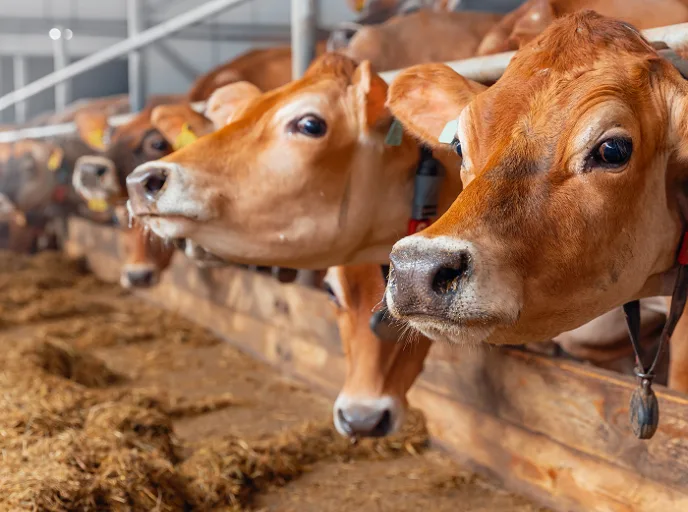
Quick tips:
- Implement frequent feed pushups to accommodate Jerseys' round-the-clock eating habits.
- Conduct TMR audits to minimize diet sorting and ensure consistent nutrient intake.
Energy metabolism: balancing act
Jerseys may be smaller, but they are assertive feeders and tend to mature faster. Without careful management, this can lead to feed competition and weight gain, particularly when housed with energy-demanding Holsteins. To counteract this, Jersey Canada recommends housing Jerseys with older Holsteins. Additionally, Jerseys deposit fat differently, primarily around the tailhead, necessitating a tailored approach when body condition scoring.
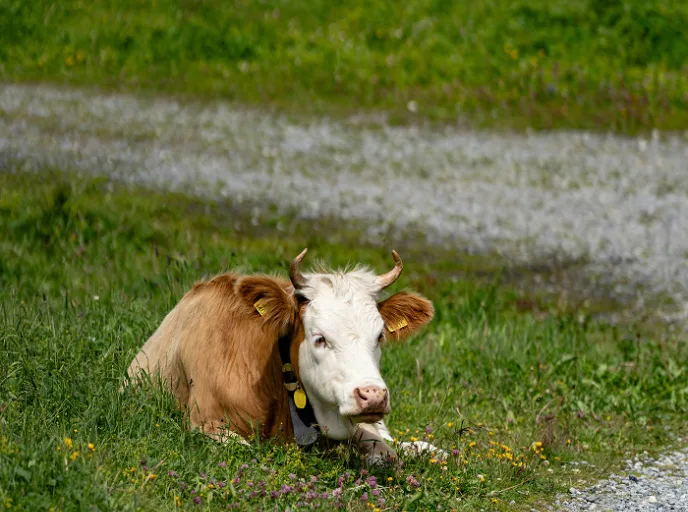
Quick tips:
- Maintain proper stocking density (no more than 80%) and ensure cow comfort.
- Incorporate nutrients that support energy metabolism, like rumen-protected B vitamins.
- Consider mixing Jerseys with older Holsteins to better match nutritional needs and prevent excessive weight gain.
Health: precision care for jerseys
Jerseys boast hardy, black hooves that reduce lameness and a naturally higher rumen pH, which helps them handle acidosis better. However, they are more prone to milk fever due to fewer vitamin D receptors. Implementing a close-up program and specific pre-fresh protocols tailored for Jerseys is vital. Despite their metabolic advantages, maintaining focus on their energy balance during the transition is essential.

Quick tips:
- Monitor DCAD status by checking urine pH, aiming for 5.8 to 6.2.
- Enhance glucose production with supplements like protected choline and B vitamins to combat energy deficits and bolster immune support.
Conclusion: a tailored approach for jerseys
Embracing the unique characteristics and needs of Jersey cows can lead to greater efficiency and productivity in your dairy operation. Recognizing that Jerseys are not just smaller Holsteins but require specialized care is crucial. Continued research and attention to their specific needs will ensure Jerseys thrive, supporting a more sustainable and profitable dairy industry.
By understanding and catering to the Jerseys' distinctive attributes, you can maximize their potential and contribute to a thriving dairy herd. Embrace the Jersey difference, and watch your dairy operation flourish!
